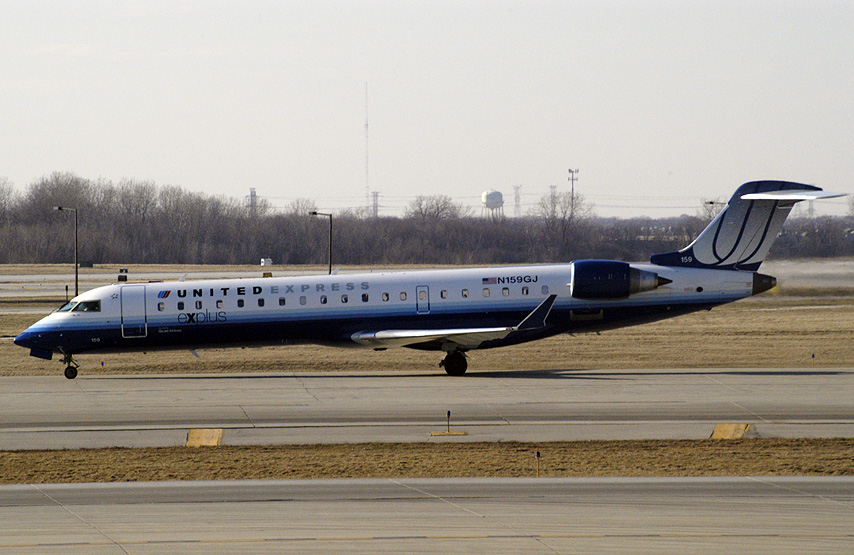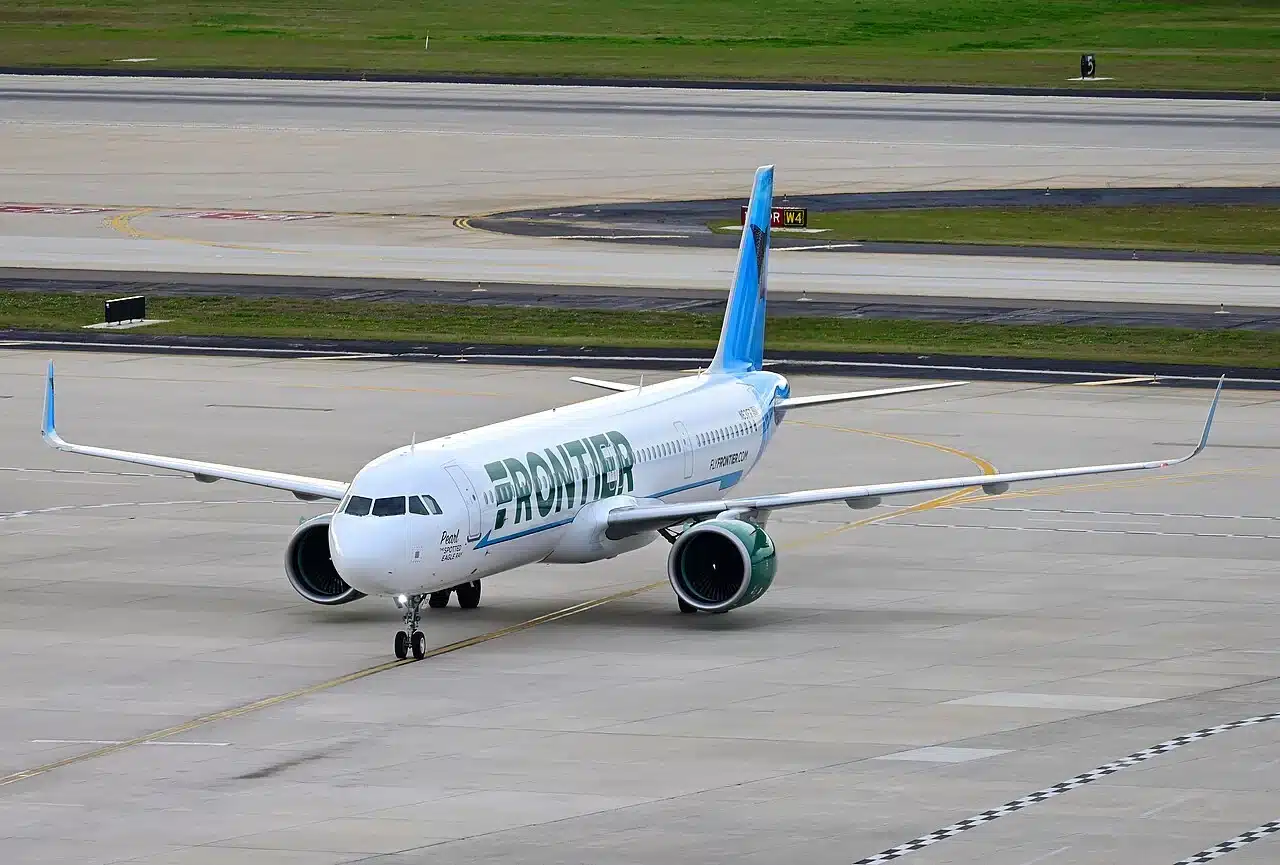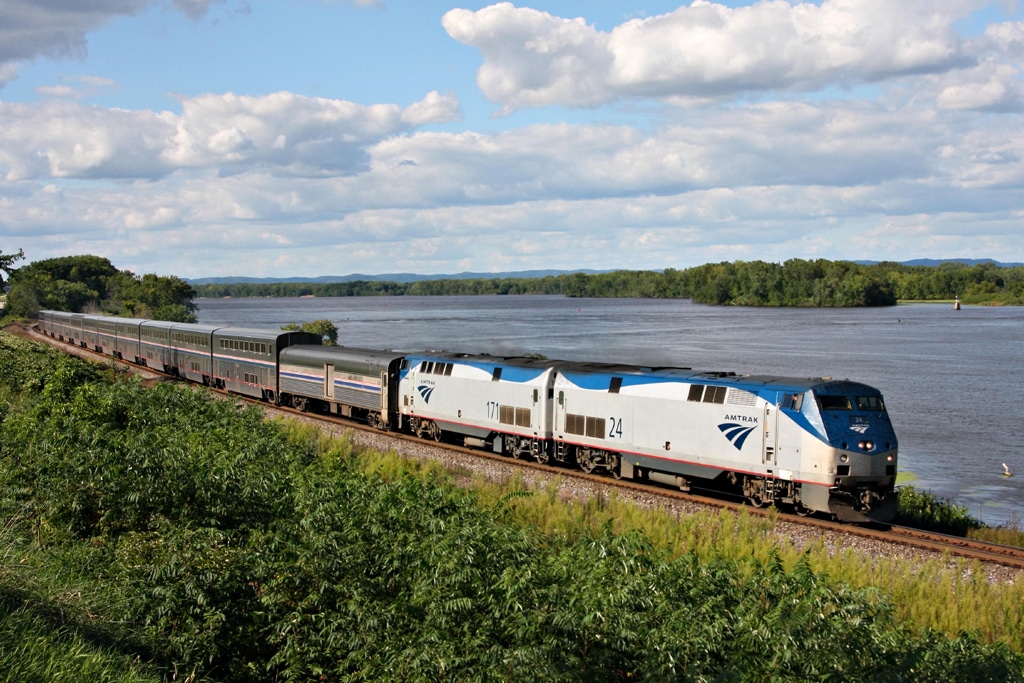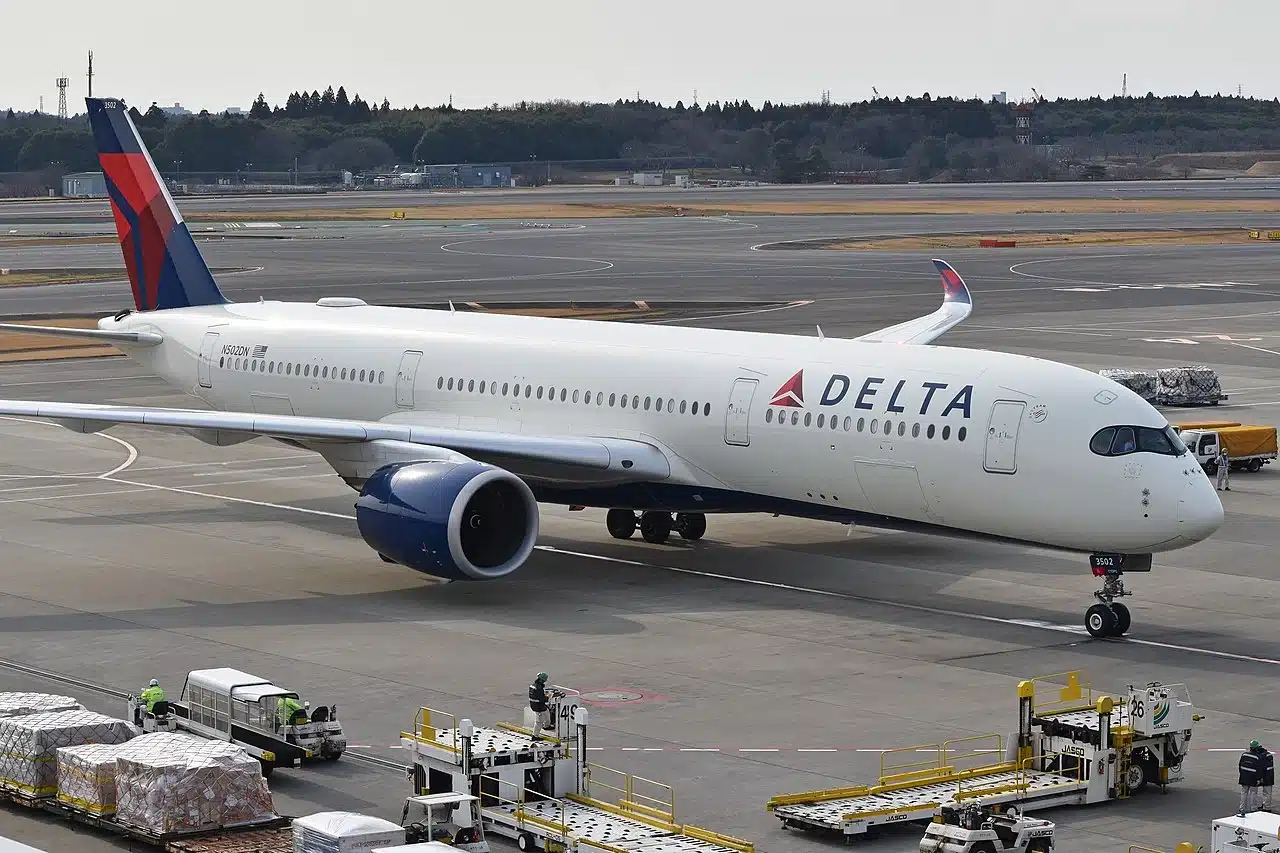


FedEx Express and UPS Airlines are some of the largest cargo airlines in the world but don’t offer passenger service. Find out why.
You probably know FedEx (Federal Express) and UPS (United Parcel Service) as the leaders in American package delivery. But did you know that both companies fly some of the largest airlines in the world?
FedEx owns the airline, FedEx Express. UPS operates UPS Airlines.
FedEx Express and UPS Airlines rank in the 1 & 2 in the amount of freight (in tonnes) flown worldwide. They have massive fleets of cargo aircraft. Both airlines have routes from North America to Europe and Asia.
Have you also wondered if you, as a passenger can fly on these cargo airlines? The answer is no. Regular people cannot book a trip and fly on FedEx Express and UPS Airlines. But for select individuals, flying on these cargo airlines is possible.
In this guide, we’ll discuss the reasons why passengers cannot fly on cargo airlines, UPS’s small test into passenger service during the 1990s, and the small exception to the no-passengers rule for UPS Airlines and FedEx Express.
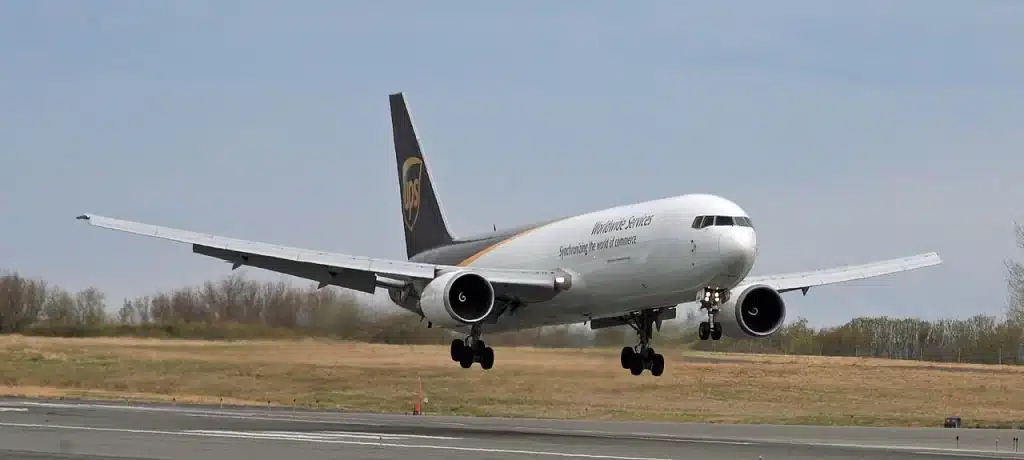
There are three reasons we identified that explain the reason it won’t make any sense for FedEx or UPS airlines to start passenger service.
Making sure packages end up at the recipient’s doorstep on time requires iron-solid efficiency. That efficiency makes FedEx Express and UPS Airlines the best cargo airlines in the world.
Both of these giants have hub centers in the United States, where much of their cargo gets routed through to be offloaded, scanned, and repositioned for further travel.
UPS has its world port in Louisville, Kentucky at Louisville Muhammad Ali International Airport.
FedEx uses a superhub at Memphis International Airport, in Tennessee. Both of these airlines have hubs and regional hubs position all over the world.
Operations at these hubs are often timed to the minute. Aircraft come to land, and taxi to the ramp area to have their cargo offloaded. Cargo operators have a small amount of time to get the aircraft offloaded, reloaded, fueled, and off to their next destinations.
If you want to learn more about the specifics of cargo operations. See below for this excellent documentary of how a UPS package gets delivered by air to your door.
With this pressure to get aircraft off the ground and packages delivered. There is no room to even consider starting passenger service. Setting aside aircraft for passenger service will make maintaining efficiency more difficult as that will cut into the number of aircraft designated for cargo delivery.
FedEx and UPS will also have to carve out new technologies and hire new workers to dispatch, track, and maintain their passenger schedules separately from their cargo operations. Customer service divisions in both companies will also need a hiring boom to account for potential complaints or questions about passenger service.
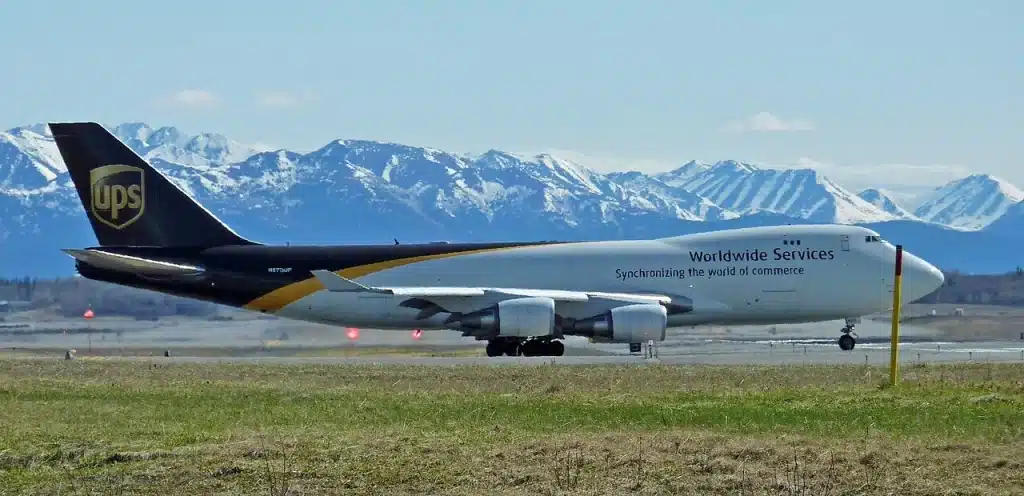
Even if FedEx Express and UPS Airlines both considered starting passenger service, one of the biggest hurdles each of these airlines has to confront is getting them configured for passenger service.
One issue that both airlines face is that most of the aircraft in their fleets are widebody long-range aircraft. FedEx Express and UPS Airlines both operate the Boeing 757, Boeing 767, McDonnell Douglas MD-11, and. In addition, UPS has Boeing 747s and FedEx has Boeing 777s.
The problem with having only long-range aircraft is that you can only profitably fly longer-range routes. These cargo airlines do not have access to smaller passenger aircraft like a Boeing 737 or Airbus A320 that allow for connecting flights for longer distance flights.
Basically, for every long-range transoceanic flight each of these airlines flies, they potentially lose a chunk of their business to other American airlines because they don’t have any means for connecting flights across the United States.
Another issue is the conversion between cargo and passenger service. Cargo aircraft are stripped-out versions of passenger aircraft. They remove the seats, tray tables, lavatories, etc to maximize the amount of space dedicated for cargo. They remove all the windows and exit doors in exchange for one large cargo door.
That means both UPS Airlines and FedEx Express, will either need to hold some aircraft on the side and configure them for passenger flights or figure out a compromise that will allow them to fly both passengers and cargo. However, the latter scenario limits the amount of passengers and cargo carried per flight compared to competitors on both sides of the flight operation.
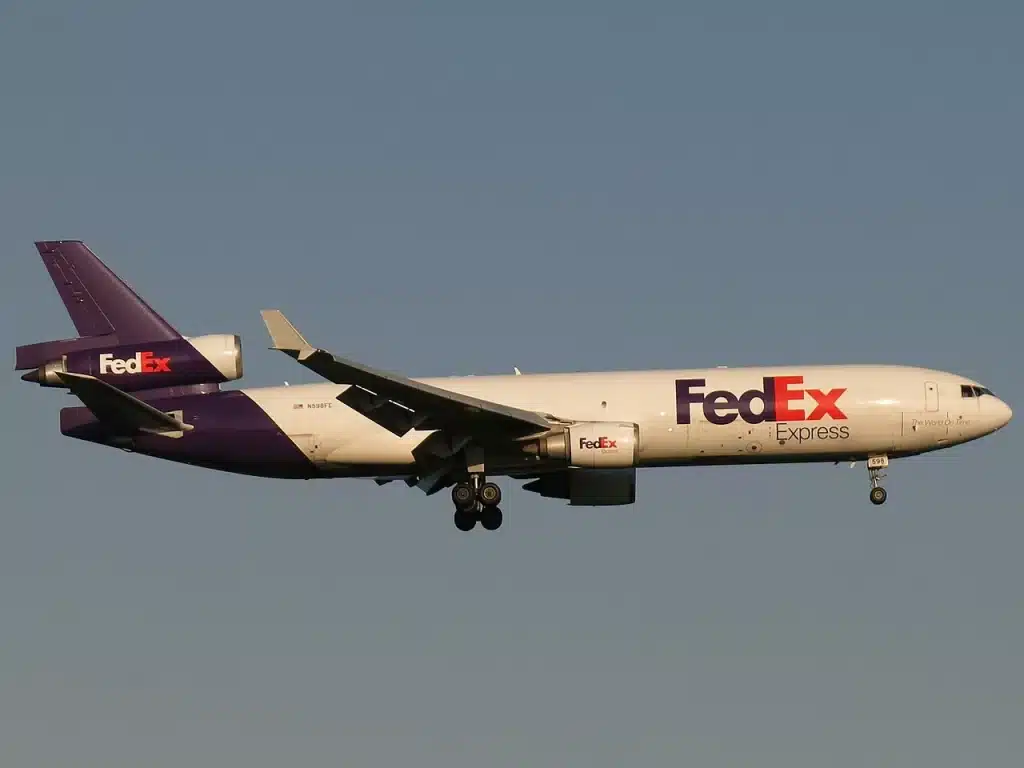
Simply put, there is no way that FedEx Express or UPS Airlines can compete with the likes of JetBlue, Spirit, Delta, United, and others for the American market share for air travel.
Since the aircraft the cargo carriers fly are best catered for international travel, and passenger service takes away from revenue generated on the cargo business, both these airlines would probably need to charge higher market value ticket prices to pay for fuel, maintenance, and to make up for loss cargo revenue.
With low-cost airlines like JetBlue Airways getting into international travel and keeping the cost down, this will spell major problems especially if UPS or FedEx decides to offer passenger service.
FedEx and UPS dominate the cargo share here in the United States, so it doesn’t make sense for them to leave a pretty solid line of business and experiment in another line of business that in the best-case scenario might break even on their operational costs.
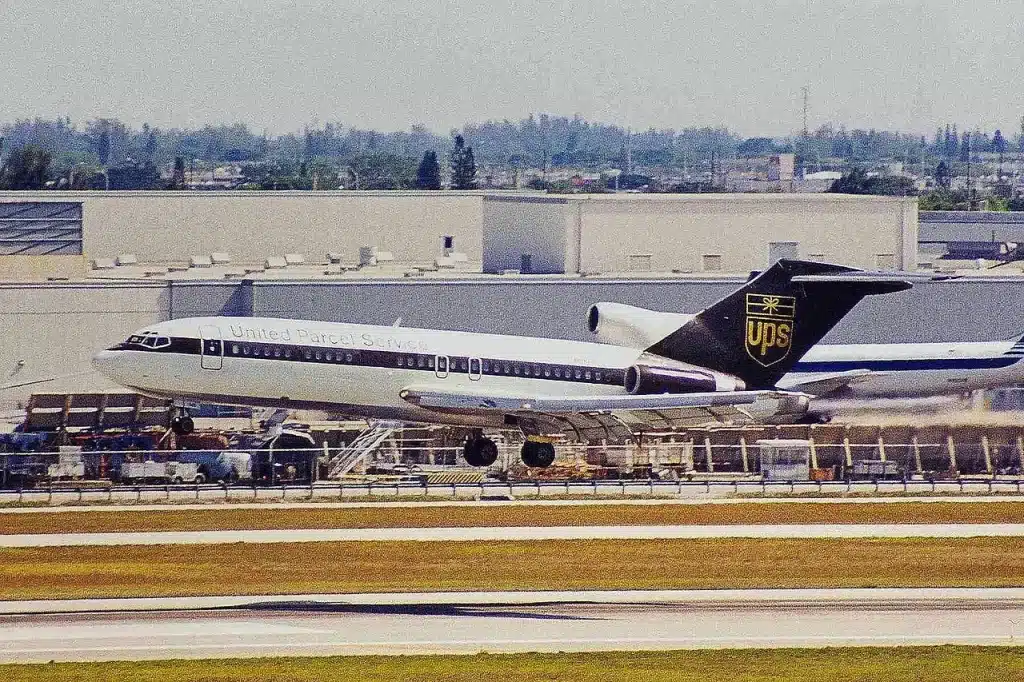
Between 1997 and 2001, UPS Airlines took a gamble and decided to test out passenger service on the weekends.
UPS Airlines decided to test running passenger service during this time because they identified a revenue stream that would take advantage of aircraft that were parked, not delivering cargo over the weekend.
For any air carrier, parked aircraft means that they are not generating any revenue from that specific aircraft. In response, UPS decided to test converting some of their parked cargo aircraft, converting them to passenger service, completing the flight, and converting them back to cargo service by the time Monday rolls around.
The airline decided to use several of its Boeing 727 aircraft to complete this test. They created roll-on panels that contained rows of seats that allowed UPS to quickly convert these aircraft from a cargo configuration to a passenger service configuration.
They decided to run the airline like a charter airline. Flights originated from Louisville, Pittsburgh, and Philadelphia. People were able to book flights privately to mostly leisurely destinations. The destinations UPS flew passengers included Las Vegas, Miami, and Cancun, Mexico.
The overall experiment was a success. The passenger revenue flights over the weekends were generating revenue. However, UPS discovered that the revenue generated from these chartered flights wasn’t generating enough revenue as the airline would designate those aircraft to fly cargo.
One of the difficulties UPS Airlines ran into was the limited range of the Boeing 727. That means that most long-distance destinations the airline was chartered to fly to require multiple fuel stops, which isn’t a great passenger experience.
The aircraft was also being beaten up during the conversion process from a cargo configuration to a passenger configuration. Adding and removing large pallets of passenger seats caused damage to the aircraft in some cases.
One annoying fact about the Boeing 727 was that each aircraft was slightly different in size due to stress on the airframe. That meant that UPS couldn’t create a one-size-fits-all passenger seating pallet slowing down conversion time and contributing to aircraft damage.
UPS decided to keep the airline in a passenger configuration indefinitely, however, that created the inverse of the problem they were trying to solve. They couldn’t fly cargo anymore, so they sat on the ramp until they were chartered for passenger service.
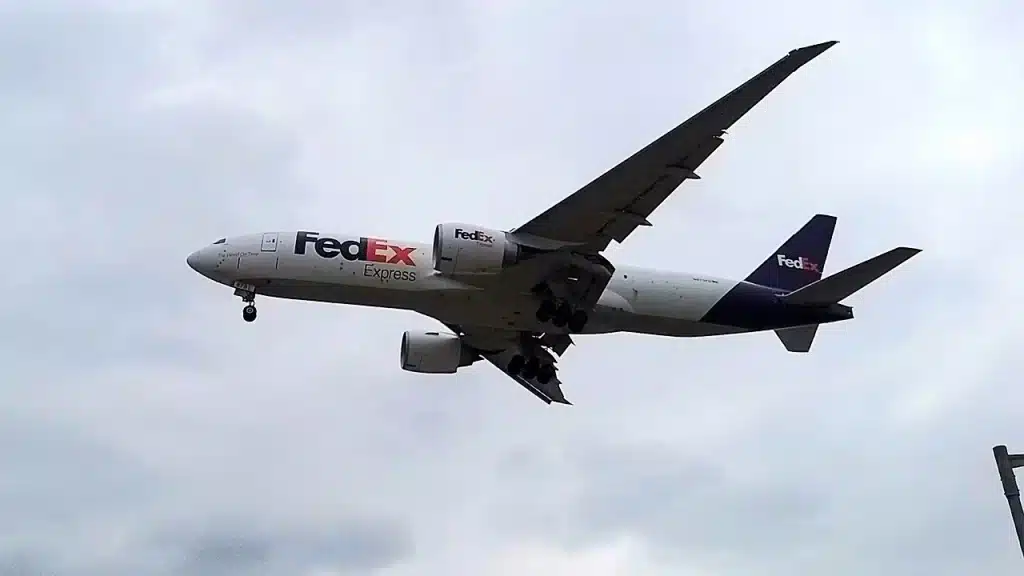
With FedEx Express and UPS Airlines not offering passenger service to the general public, there is one exception for pilots that will allow them to fly as a passenger on these company cargo aircraft.
The most common occasion is when a pilot “jumpseats” onto the flight. A jump seater is usually a pilot who commutes to their base airport for work and lands their seat in the cockpit of the aircraft to get them to their destination.
For example, A FedEx Express pilot who lives in New York can jumpseat on any aircraft (can be FedEx Express or another air carrier) flying to Memphis so he or she can get to Memphis for work, and start their work trip.
All FedEx and UPS personnel used to be able to fly onboard company aircraft however, that practice has been stopped as of 2005 due to security concerns.
But FedEx and UPS employees do receive very generous discounts for flying on any other airline.
https://www.airliners.net/forum/viewtopic.php?t=82503
https://about.ups.com/us/en/our-stories/people-led/ups-airlines-celebrates-35.html
https://www.planespotters.net/airline/Federal-Express
https://www.planespotters.net/airline/United-Parcel-Service-UPS
[elementor-template id=”1794″]


